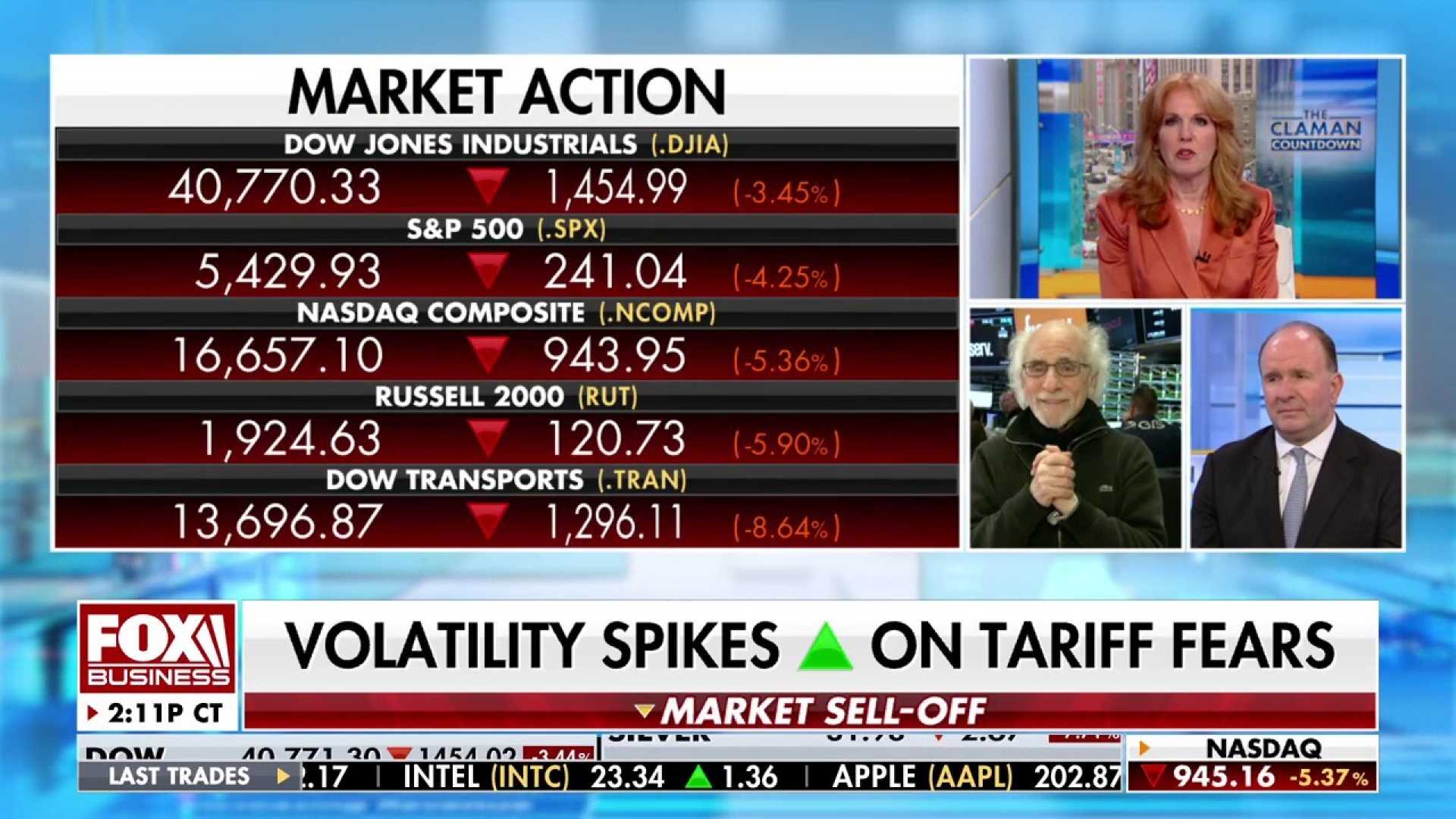Business
U.S. Jobs Surge Amid Trade Tensions, Tariffs Loom Ahead

WASHINGTON, April 4 — The U.S. economy added a surprising 228,000 jobs in March, exceeding analysts’ expectations, yet the threat of new import tariffs imposed by President Donald Trump has left many questioning the labor market’s sustainability amid rising global trade tensions.
The Labor Department’s latest employment report, released on Friday, suggests ongoing strength in the jobs market. Despite the positive job growth, economists warn that the recently announced tariffs could dampen consumer confidence and business activity moving forward.
“Today’s employment report feels more dated and backward-looking than usual,” said Michael Pugliese, senior economist at Wells Fargo. “The sharp escalation in trade tensions this week has fundamentally altered the economic outlook.” The tariffs, which include a new 10% tax on numerous imported goods, are the highest effective rate the nation has seen in over a century.
March’s job growth marks a substantial increase from February’s revised count of 117,000, with economists initially predicting an addition of only 135,000 jobs. Factors contributing to the job surge included a rebound in hiring following cold weather disruptions in January and February, and the return of around 10,000 workers from a supermarket strike.
The healthcare sector showed significant growth, adding 54,000 new jobs, primarily in ambulatory services and hospitals. Other sectors experiencing gains included social assistance (24,000 jobs), retail (24,000 jobs), and transportation and warehousing (23,000 jobs), reflecting notable demand for couriers and truck drivers.
Leisure and hospitality also rebounded, adding 29,800 jobs, while construction saw a rise of 13,000 jobs as temperatures improved. In contrast, the manufacturing sector saw a modest gain of only 1,000 jobs, as growth in other industries outpaced this segment, which has been impacted by recent trade measures.
Federal government employment saw a slight decrease of 4,000 jobs, a statistic intertwined with ongoing layoffs under the Department of Government Efficiency. However, delays in implementing these layoffs mean the immediate impact on unemployment rates has been muted.
Despite the positive job figures, the stock market reacted negatively to the tariff announcements, with major indices down significantly. The Dow Jones dropped nearly 4%, marking fears of an impending bear market.
Federal Reserve Chair Jerome Powell noted the potential for tariffs to create higher inflation and slower growth, aligning with investors’ sentiment that interest rate cuts might resume by June. In the meantime, average hourly earnings climbed 0.3% in March, with annual wages increasing by 3.8%, risking further strain as tariffs roll out.
Citigroup economist Veronica Clark echoed the potential challenges ahead, stating, “We anticipate softer employment data in the coming months, particularly as the effects of tariffs begin to materialize.”
The unemployment rate increased to 4.2%, driven by an influx of new job seekers, highlighting the labor market’s ongoing dynamism even in the face of uncertainty. Economists remain cautious, anticipating that the repercussions of the trade war could lead to stagnation and layoffs if consumer spending falters in response to rising prices from tariffs.
The complete repercussions of recent policy changes likely won’t be apparent until April’s job report is released. Many economists stress that while March reflects solid job growth, the looming trade concerns linger over the economy, affecting confidence both in the marketplace and for potential employee hiring.












